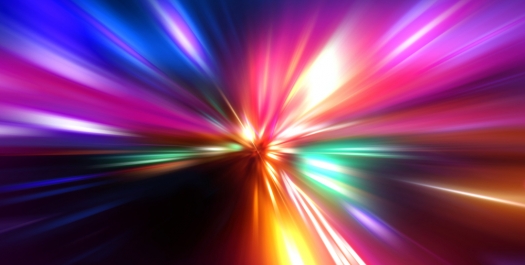News Article
Gigaphoton hits 92W EUV light source output at 4.2% CE

The firm has taken a big step toward achieving HVM-level output as an LPP light source required for EUV scanners
Japanese firm Gigaphoton has successfully achieved 92 W EUV light source output at 4.2 percent conversion efficiency (CE) on its prototype laser-produced plasma (LPP) light sources for EUV lithography scanners. The 92 W output was achieved by irradiating an Sn target (tin droplet) with a solid-state pre-pulse laser and a CO2 laser after combining and optimising these lasers. Gigaphoton remains committed to continuing its R&D efforts, targeting 150 W output by the end of 2014 and ultimately up to 250 W output for high-volume manufacturing. The prototype LPP light source in question allows emission of EUV by radiating ultra-small tin droplets of less than 20 μm in diameter with the solid-state pre-pulse laser and main pulse CO2 laser. In addition, a combination of a high-output superconducting magnet and tin etching allows suppression of tin debris caused by radiation. To maximise the life of the collector mirror, a high-output superconducting magnet generates a powerful magnetic field to guide unwanted debris caused by thermal expansion of the tin droplets towards the tin catcher. "The achievement of 92 W output with our EUV light source is a fruit of the steady-yet-unique R&D efforts that we have made to achieve development of higher output, stable, and lower COO LPP light sources," says Hitoshi Tomaru, President and CEO of Gigaphoton, "I believe that Gigaphoton's expertise and efforts to develop the LPP light source that accelerates development of EUV scanners for HVM will further encourage the industry to introduce EUV scanners as the next-generation lithography tools."

































